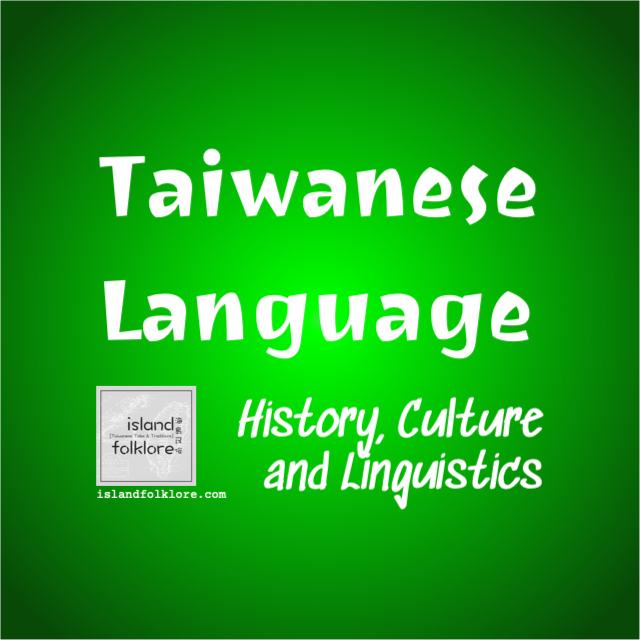The International Women’s Day (IWD) falls on March 8th. It is a day of celebration, respect and appreciation for women and their accomplishments all over the world. In the Sinitic-speaking world, the IWD is also rather unfortunately known as “three-eight day”—after the month and date of the event.
It just so happens that “three-eight” (pronounced sam-pat in Taiwanese and sanba in Mandarin) is a very common Taiwanese folk expression—sometimes derogatory, more often humorous—frequently (but not exclusively) used to tease women. Few Taiwanese will suspect a correlation between the two—and that is right. There are, in fact, no relations whatsoever—just a silly coincidence.
Yes, this is a tale of two entirely unrelated yet, in Taiwan at least, bizarrely intertwined topics. This post endeavours to extricate this very unhelpful entanglement between the IWD and a silly Taiwanese expression—it will do so by tracing the roots of both to two 19th and 20th-century cities on opposite ends of Eurasia: Saint Petersburg and Canton.

Saint Petersburg, Russia: The International Women’s Day
The IWD promotes the appreciation of those taken for granted and gives proper respect to those most deserving of it. It is a truly significant and meaningful celebration.
The early history of the IWD is rather murky. It began sometime in the early 20th century—an era before universal suffrage—when women’s rights movements in the West first began to gain momentum among democrats, progressives and socialists.
At the time, numerous loosely affiliated women’s suffrage movements were springing up all across the West. However, different communities celebrated their own women’s days on different dates—ranging from late February to mid-May.
Germans celebrated their Women’s Day on March 8th as early as 1914. But it was likely not what led to the popularization of that date. More likely, a 1917 Russian rally, which in the traditional Russian calendar fell on February 23rd (March 8th in the more-common Gregorian calendar), popularized the date.
That particular women’s day gathering in the then-Russian-capital of Petrograd (present-day Saint Petersburg) rapidly became a full-blown popular uprising—the February Revolution. It toppled the Tsarist regime and paved the way for the rise of socialism in Russia and elsewhere.
Although early accounts of the IWD are unclear and its ultimate origins largely unknown, the scenario described above is considered the most likely early account of the March 8th IWD.

Canton, China: Talking About Foreigners
Until the late 19th century, emperors and kings of the Far East strictly regulated contact between their subjects and Westerners. Japan’s Tokugawa shoguns limited trade with Europeans to dealings with the Dutch at Nagasaki. The restrictions placed on Western contact were so stringent in Korea that it came to be known as the Hermit Kingdom.
In the vast domain of the Manchu-Chinese emperor, trade with Europeans was permitted only on a few designated days of each month and only at select locations. The southern Chinese port of Canton (present-day Guangzhou) was host to one of these portals for contact between two worlds.
It is widely believed that settings such as these gave rise to the expression “three-eight.” As the pre-designated dates for trade with Westerners were the 8th, 18th and 28th of each month—so people began speaking of the “three 8th-days” or “three-eights.”
Soon, among the Manchu emperor’s Chinese subjects, “three-eight” became slang for that which is foreign, unusual or unexpected. In time, the expression spread to Taiwan where it entered the Taiwanese language and was used to refer to any behaviour seen as silly, gaudy or awkward. It is most often used to describe women who make unusually conspicuous cosmetic or fashion choices—rather like how Westerners appeared to locals in the 1800s.
The term can sometimes be used as an insult, but it is most commonly used in a humorous, teasing fashion—especially between close friends or family members.

Bottom Line
Whether the expression originated in Canton or elsewhere is unclear. As with the origin of the IWD, the true beginnings of the expression are largely lost to history.
Similar but distinct expressions, however, do exist in China and Hong Kong, though usually without the sense of humour that characterizes the Taiwanese incarnation.
Whatever the origin, it is clear that the expression, although often associated with women, has nothing to do with the IWD. The IWD, also, ended up being celebrated on March 8th because of historical developments in Europe and is unrelated to the Taiwanese expression. It’s all just a coincidence.
As stated above, most Taiwanese would not suspect that a meaningful connection existed between the IWD and “three-eight,” but many have certainly quietly wondered about it (especially when Taiwanese children giggle at the mention of “three-eight day”).
Have a wonderful three-eight Day!




